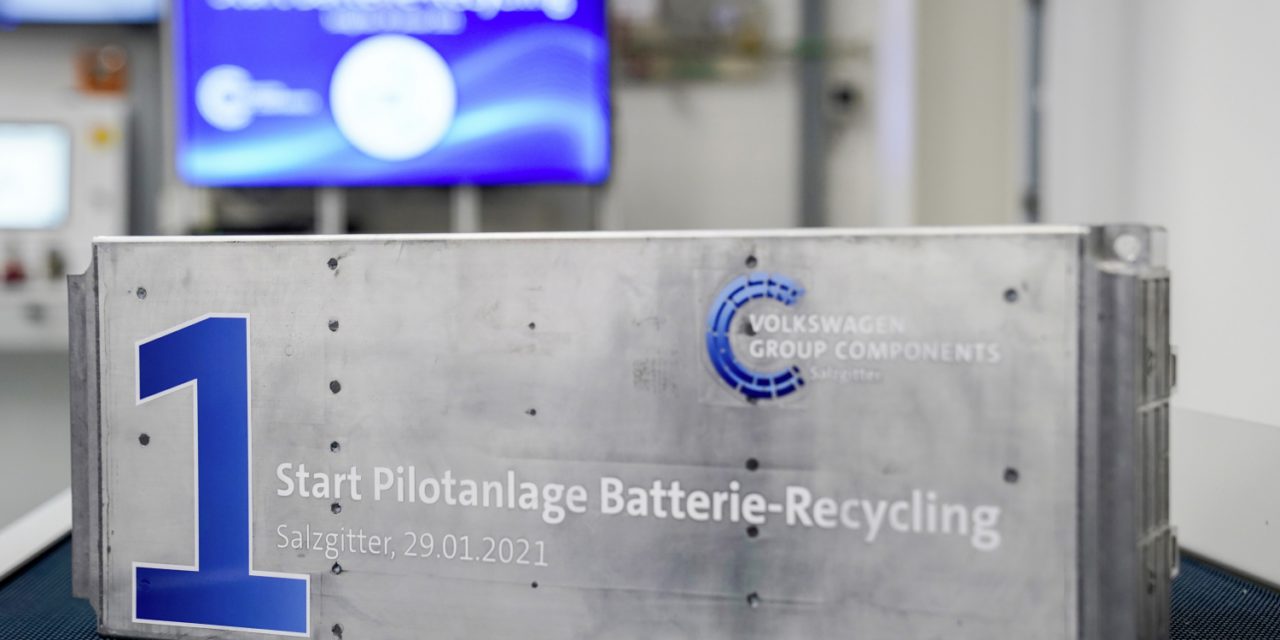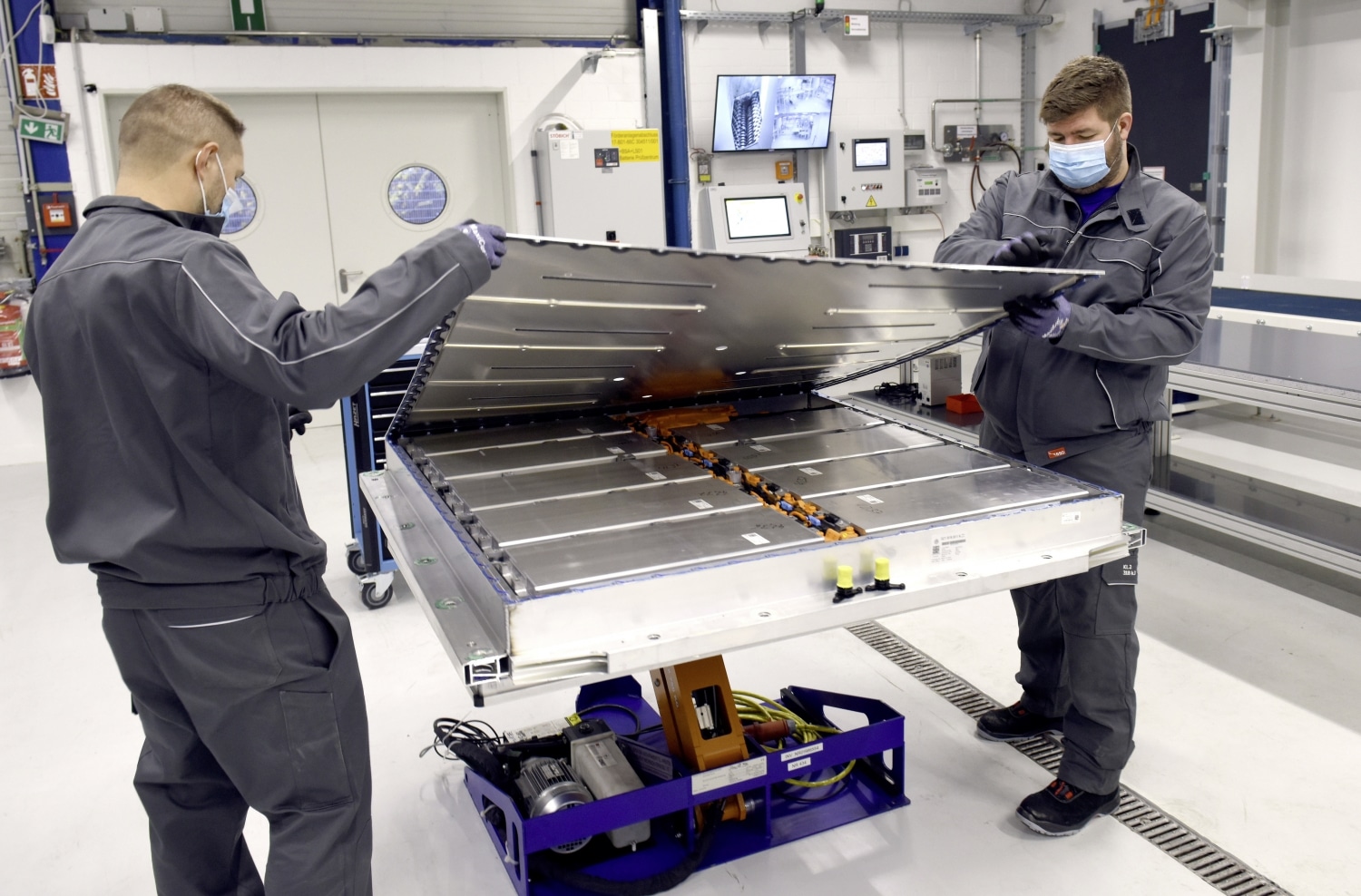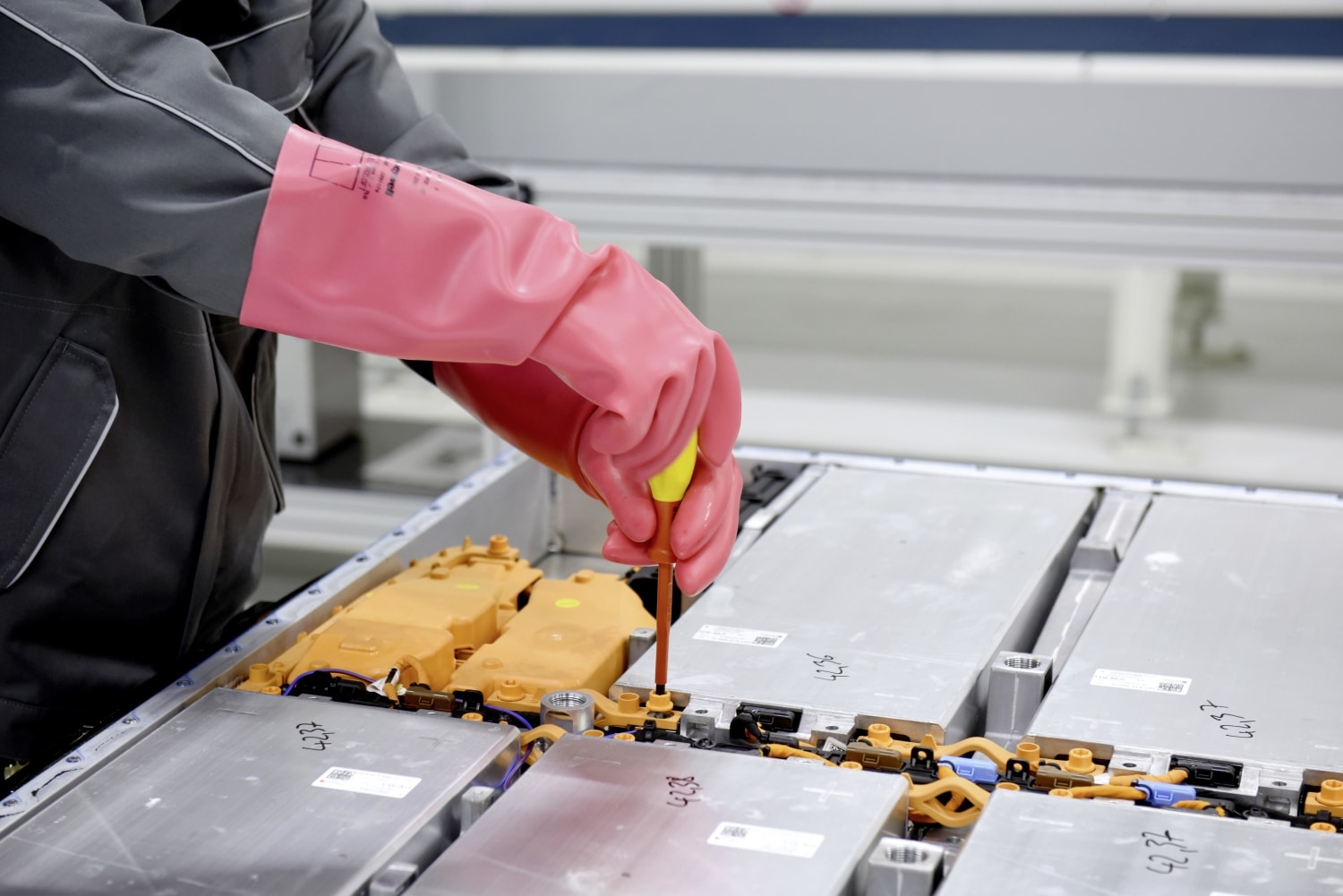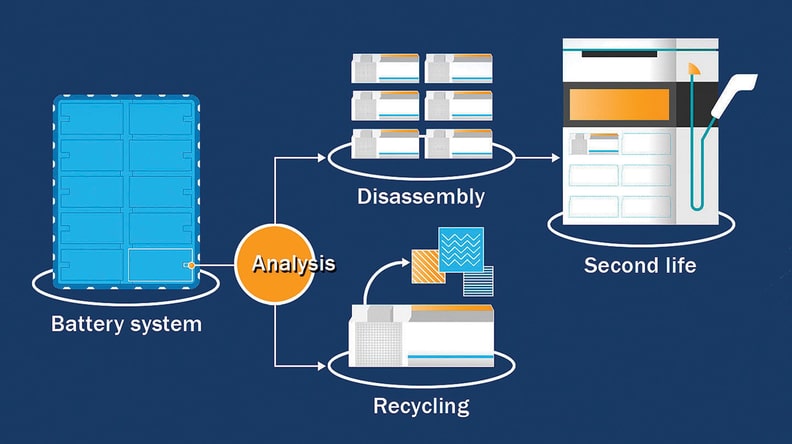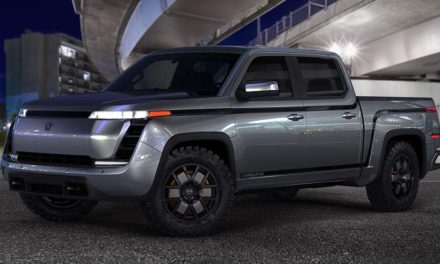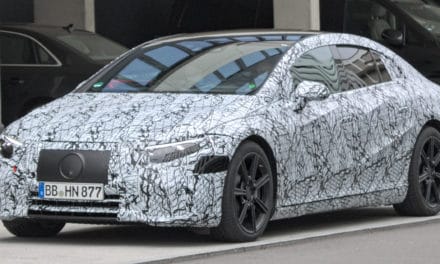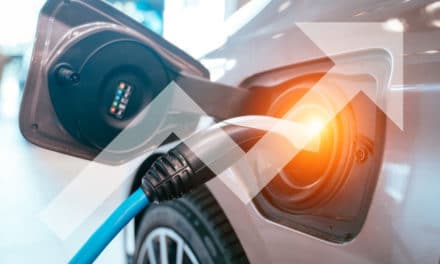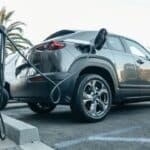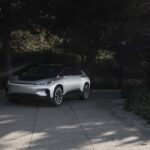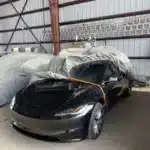As electric vehicles’ use gains momentum, so does the issue of dealing with the disposal of heavy metals contained in the batteries when they have outlived their usefulness.
Enter Volkswagen. The launch of its electric vehicle battery recycling pilot plant in Salzgitter, Germany, on 29th January 2021 marks a significant step in the quest for sustainable automotive energy. This is when the batteries produced for the first big wave of electric vehicle mass-production are approaching their end.
Capacity and Increase of Electric Vehicle Battery Usage
What is particularly laudable is that Volkswagen has stepped in to address a problem that isn’t yet a real problem. The pilot plant kicks off with a capacity to process 3,600 complete battery systems annually. At this level, the plant is well capable of coping with demand in the near term. Through continuous improvement and optimization of their processes, Volkswagen expects to grow capacity over time.
Of course, growing the capacity is vital as the acceptance of electric vehicles increases and more and more countries implement regulations to phase out fossil-fueled vehicles. The demand for batteries is set to begin increasing exponentially. In a 2018 report, Bloomberg NEF forecast that the number of battery packs in circulation in 2025 would be more than 3.4 million. That compares to 55,000 at the time of the report.
Benefits of Recycling Rechargeable Batteries
Recycling rechargeable batteries holds several benefits for the environment. Lithium-ion batteries contain lithium, nickel, manganese, and cobalt, along with a few other less exotic minerals and plastics. Although these metals are not, strictly speaking, classed as heavy metals, they are extremely toxic to the environment. Furthermore, it is estimated that almost a third of the greenhouse gas emissions produced in the manufacture of a lithium-ion battery are attributable to the mining and refinement of these metals.
Therefore, recycling these batteries will reduce the pollution associated with these metals ending up in landfills and, at the same time, save on the emissions of mining new stocks.
Research has shown that these metals do not degrade during a recovery process and that they’re as good as new for reuse in new batteries. So, for every battery recycled, the metals for one new battery are saved.
The Impact on Cobalt Sourcing
Interestingly, there is another aspect to the recycling of the cobalt component of the batteries. Swedish battery manufacturer, Northvolt is, for the time being, not sourcing cobalt from the Democratic Republic of Congo, the biggest supplier of the metal. According to Amnesty International, as many as 35,000 child laborers work in the DRC’s cobalt mining industry. Recycling has the potential to suppress demand for cobalt and, hopefully, curb this exploitation of children.
A More Environment-Friendly Recycling Process
Volkswagen’s environmental impact doesn’t end there. The recycling process, in itself, has been made more environmentally friendly.
There are two primary methods of processing lithium-ion batteries, namely pyrometallurgy and hydrometallurgy.
Pyrometallurgy
With pyrometallurgy, the battery is incinerated in a furnace to remove organic materials. This process, called smelting, yields only a small percentage of the original material. Notably, all of the lithium is lost in the process. On top of this, the furnaces are typically fired by fossil fuels. All in all, not particularly good for the environment.
Hydrometallurgy
Hydrometallurgy, on the other hand, involves dissolving the battery cells in strong acids. More of the metals are recovered with this method but at a cost. The batteries have to be dismantled to remove all the plastics, and they have to be discharged to avoid explosions or fire.
Volkswagen’s New Approach and Process
Historically, neither method has been particularly economical. It has always been cheaper to discard the spent batteries and manufacture new ones.
Volkswagen’s approach goes a long way to addressing this issue. A new battery is expected to last 10 to 12 years as a high-performance energy source for an electric vehicle. Once the performance falls too low, it is decommissioned and replaced. However, it can still be used in a lower-demand role, such as mobile charging stations or for storage in solar energy systems. This can extend the useful life of a battery by several years and reduce its environmental impact.
If it is deemed unsuitable for a second life, it will be consigned to the recycling plant. The Volkswagen process will initially recover approximately 70% of the recyclable material, and they are striving to push this to 97%. The process does not use the energy-intensive smelting approach.
From Delivery to Disassembly
The battery will be delivered to the plant, fully discharged, and disassembled. The individual components will be pulverized. Apart from the granulated plastics, copper, and aluminum, “black powder” is also recovered. The black powder holds nickel, lithium, manganese, and cobalt, as well as graphite.
The black powder will be passed on to partners who will separate the metals through specialized hydrometallurgy processes using water and chemical agents. The bulk of the metals are recovered in this way. The process is relatively low in carbon emissions.
A mammoth 1.3 tons of carbon dioxide can be saved by manufacturing one 62 kWh battery from recycled materials and using sustainable electricity.
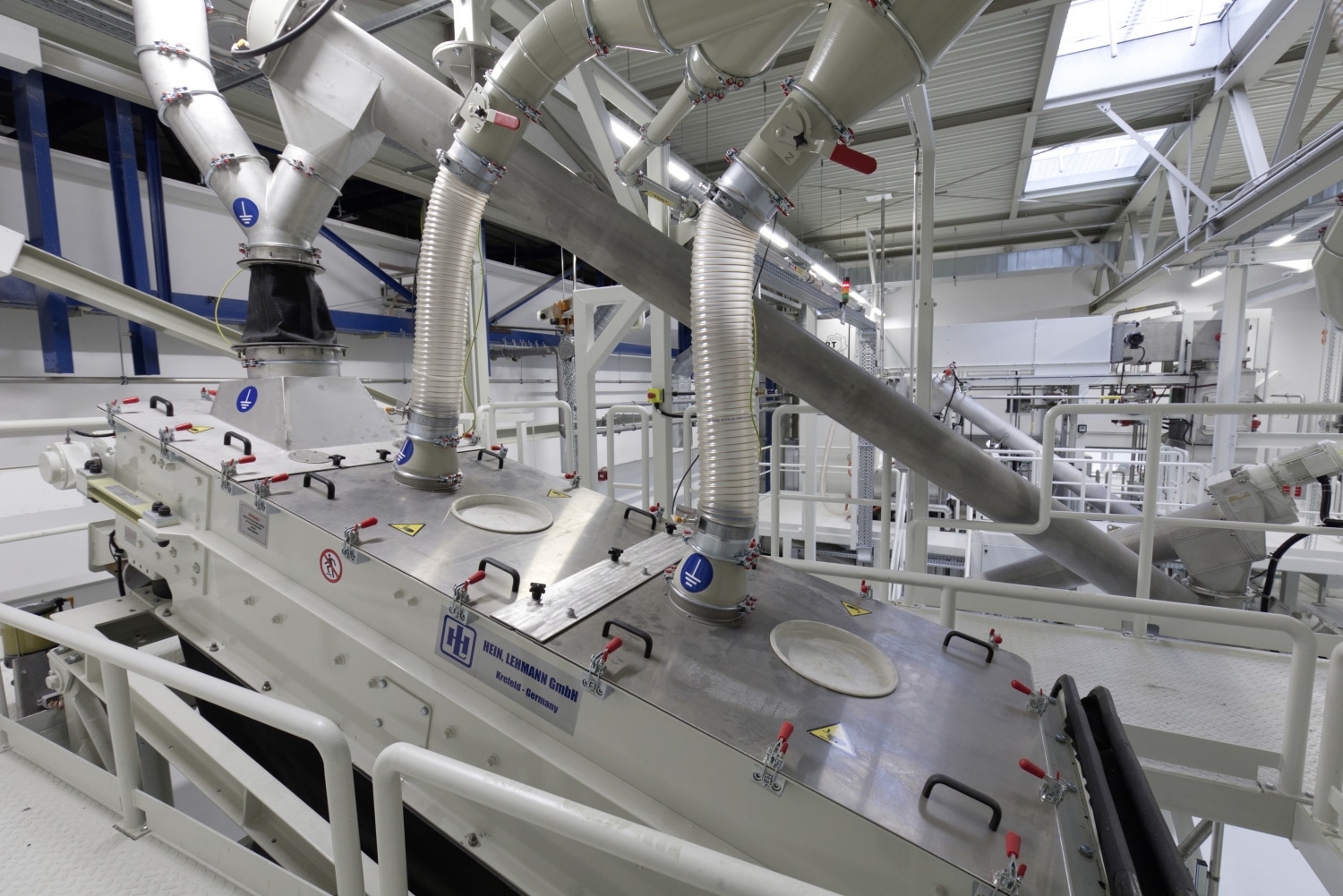
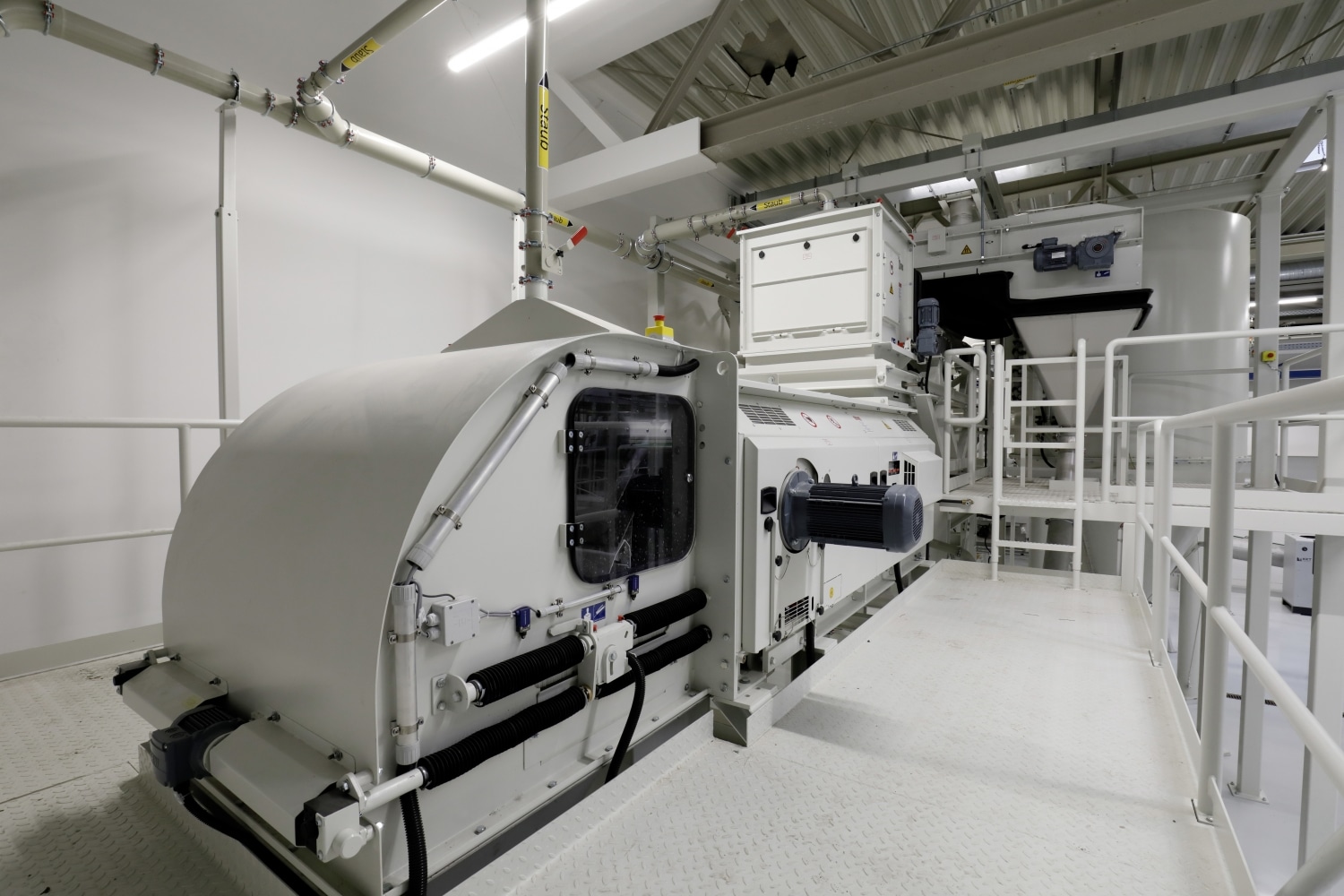
Volkswagen’s Vision of a Carbon Neutral Future
Volkswagen’s vision is to create a closed-loop system whereby material recovered from recycled batteries goes straight back into new batteries’ production. And, the energy expended in the recycling process will be primarily photovoltaic. Ultimately, the hope is that the electric vehicle battery will get very close to being carbon neutral.
With the electric vehicle market expected to enter a spectacular growth phase, this recycling initiative has come not a moment too soon. Volkswagen has taken decisive steps to be at the forefront of its development.

